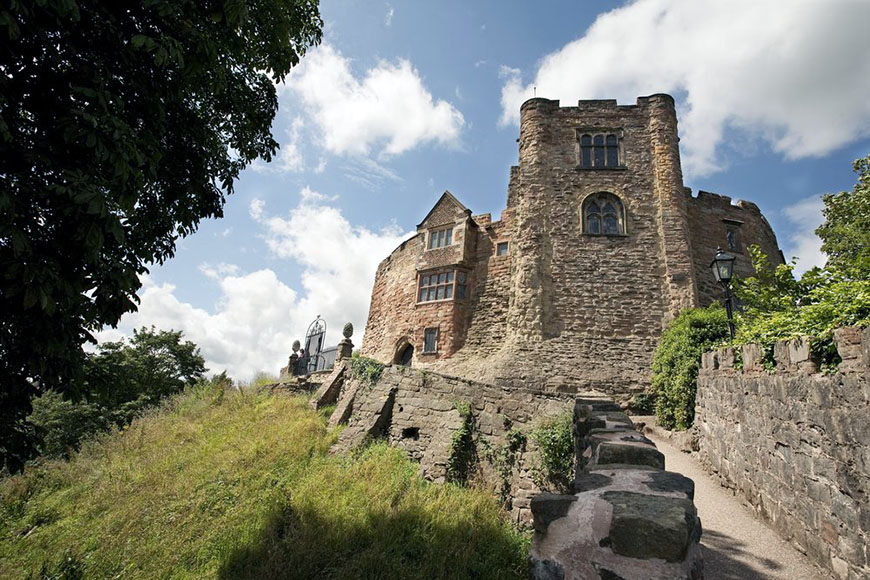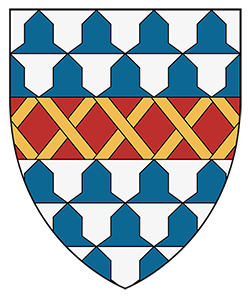Philip Marmion - 5th Baron Marmion of Tamworth
Philip Marmion was a Nobleman, statesman, and warrior, and the 5th and last Baron Marmion of Tamworth. He was descended from the lords of Fontenay-le-Marmion in Normandy, said to have been the hereditary Champions of the Dukes of Normandy.

Philip was the son and heir of Robert Marmion, 4th Baron Marmion of Tamworth, and Juliana de Vassy, daughter of Philip de Vassy, Baron of Vassy.
Sometime before 1245, Philip married Joan de Kilpek, daughter of Hugh of Kilpeck. Philip and Joan had three daughters: Joan, Mazera, and Maud. Philip married a second time to Mary (possibly Mary de Cantilupe) after Joan's death. Philip and Mary had three daughters: Matilda, Elizabeth, and Joan II. He also had an illegitimate son named Robert.
In 1248, Philip's father, Robert Marmion, died, and Philip succeeded him as 5th Baron Marmion of Tamworth and the hereditary role of King's Champion.
In 1249, Marmion was the High Sheriff of Warwickshire and Leicestershire and of Norfolk and Suffolk in 1261. In 1254, he served in Poitou and was captured and taken prisoner at Pons on his way home from France.
In December of 1263, Philip was one of the sureties for King Henry III and one of his supporters during the Second Barons' War at the Battle of Northampton in 1264. He also fought at the Battle of Lewes on May 14th, 1264, where he was captured and taken prisoner, along with the King and others, by Simon de Montfort's forces.
In 1274, Philip performed his duty as King's Champion during the coronation of Edward I, riding in full armor into Westminster Hall during the coronation banquet to accept any challenges to the King in a trial by combat.
Philip died without a legitimate male heir sometime before December 5th, 1291, and his Office of King's Champion and the Manor of Scrivelsby passed through his female descendants to Sir John Dymoke.
His exact date of death is unknown, but it is noted as before December 5th, 1291, as his death was documented during an Inquisition post mortem held on that day. This medieval record assessed the monetary value due to the King from the feudal lord who had died.
Philip Marmion was buried in St Benedict's Churchyard in Scrivelsby, Lincolnshire, England, where there still exists an effigy of him and his wife.
